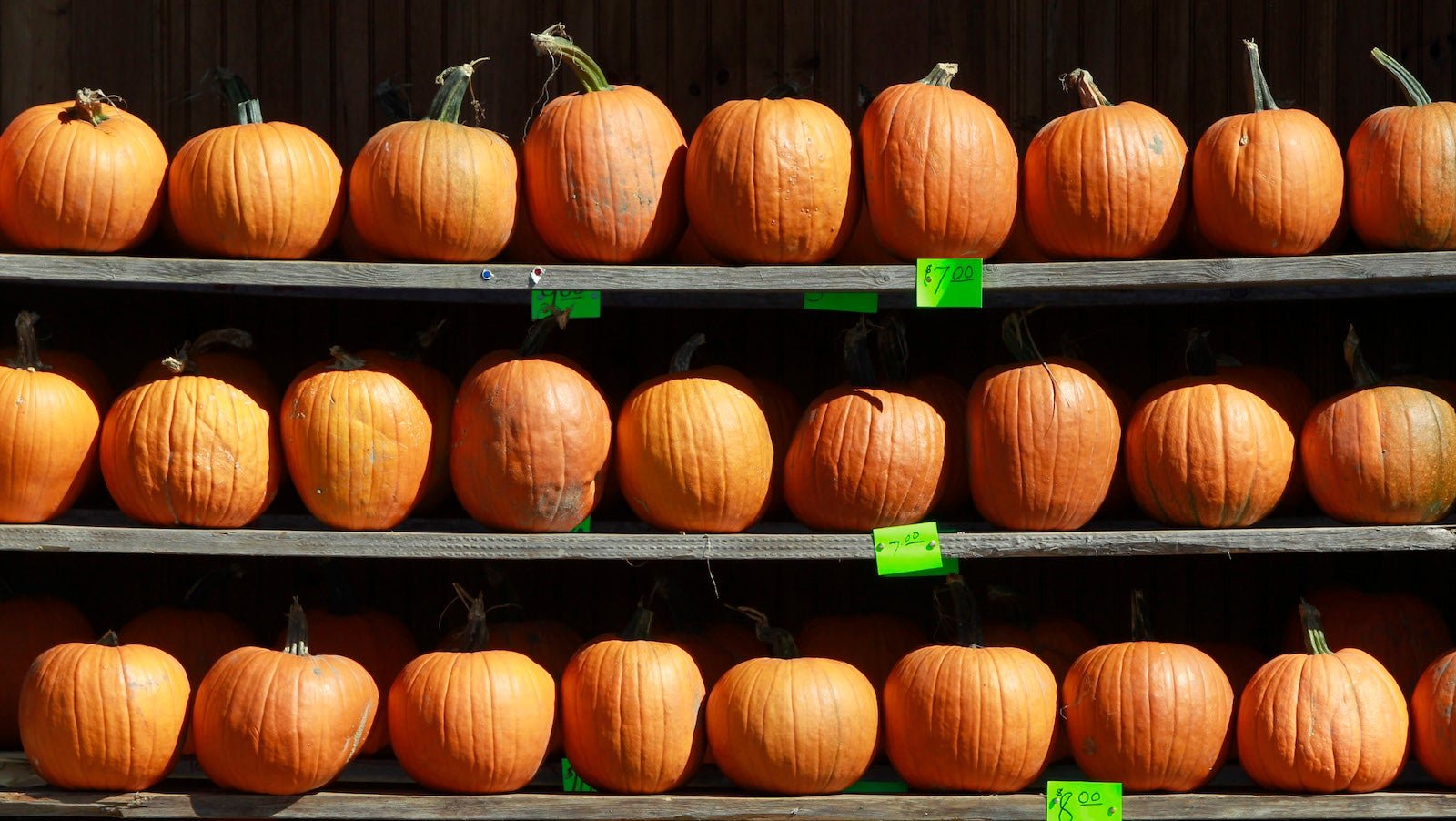Get over it, America: Pumpkin spice lattes are simply delicious
India has chai. Latin America has horchata. The US has pumpkin spice lattes.


India has chai. Latin America has horchata. The US has pumpkin spice lattes.
Yesterday Starbucks announced that Sept. 6 will be the first day we can once again indulge in a pumpkin spice latte. Its thirteenth year on the market, the goopy hot milkshake is now a cultural mainstay. So why are so many Americans incensed by its existence?
Judging by the vitriol that the drink inspires, you’d think that America’s spicy, seasonal liquid donut was laced with cyanide (although in an almond-milk version, it might be).
I’m Australian, so I’m not hung up on what US culture should or shouldn’t be—living here is mostly a bemusing lesson in cultural differences. That allows me to appreciate the pumpkin spice latte for what it really is: Another of America’s wonderful culinary imaginings, topped with whipped cream and a sprinkle of capitalistic finesse.
For me, September means springtime. If we wore full-body Elmo costumes and Ironman suits at Halloween, we’d die of heat exhaustion. Our fake spider webs hang from cherry blossoms, not fall foliage. October makes way for a sweltering summer holiday season where Santa wears board shorts and we serve cold ham and prawns for Christmas lunch. There’s no Thanksgiving, no pumpkins to mash up and wrap in pastry, no pecan pie, and certainly no pumpkin spice lattes.
The flavors of pumpkin spice are very similar to other beloved holiday confections. But do you hear anyone getting uppity about nutmeg-dusted eggnog? No one’s kvetching about all the gumdrop-dotted roofs being eaten off gingerbread houses, or the syrupy cardamom tang of mulled wine.
In most respects, America embraces any excuse to inhale sugary crap (as do I). So why not pumpkin spice lattes? This is a country that makes casseroles from sweet potatoes and toasted marshmallows, and pudding from canned pineapple chunks and Cool Whip. Families across the country exalt these goopy snot blocks around holiday dinner tables and in church basements without upturned noses.
Perhaps homelier dishes are immune to criticism because they connote tradition. They hark back to simpler times, before we worried about corn syrup in soda and refined sugar in sandwich bread. In those days, pumpkin spice was a combination of spices you baked into your boiled mash, not the prefab dusting on your liquid lunch.
Nutritional concerns aside, what pumpkin spice latte haters are really rebelling against isn’t so much the flavor as the commercialization of everything sacred—from Christmas to Mother’s Day.
Indeed, Starbucks has brilliantly capitalized on the drink’s cult following, which is called a “PSL” to true aficionados. There is an official Starbucks PSL Twitter account, an underground club called The Orange Sleeve Society that uses wooly cup-warmers as its calling card, and you can even trade your phone number for “super fan” status and early access to this year’s drink.
But let’s not allow corporate fanfare to confuse our taste buds. Pumpkin spice lattes are being ruthlessly lumped into a larger social grievance: the rise of the “basic bitch.” “Off center ponytail, athletic shorts, north face jacket, ugg boots, and a pumpkin spice latte. That’s the uniform,” is how one Reddit commenter describes it. Americans fear being lumped into this category based on their drink purchases, but that seems like a bit of a tall (or even venti) order. “Do we instantly not like all women who dress like this?,” retorts another user. “I am really keen to try Pumpkin Spiced Latte but if I go get one wearing what you listed above (because hey, it’s in fashion) I would instantly be labelled a basic bitch? Bit judgemental.”
No doubt the haters waging war against these women and the sweet drinks they love are guilt-free themselves, having never ordered a late-night Domino’s Pizza or purchased a chocolate-frosted delight from Dunkin’ Donuts. As for me, I don’t care if ordering pumpkin spiced deliciousness makes me a capitalist sucker. That’s my choice, and I make it with full awareness of what comes with it.
So if you’re going to boycott the pumpkin spice season, don’t do it because of the consumer disease you think it represents—do it in the knowledge that if you live in America, it’s what you’re lucky enough to choose to spend your guilty points on (all $5.25 plus tax of them). You can stuff put your pumpkin-spiced prejudice in your pie hole. All the more for me.